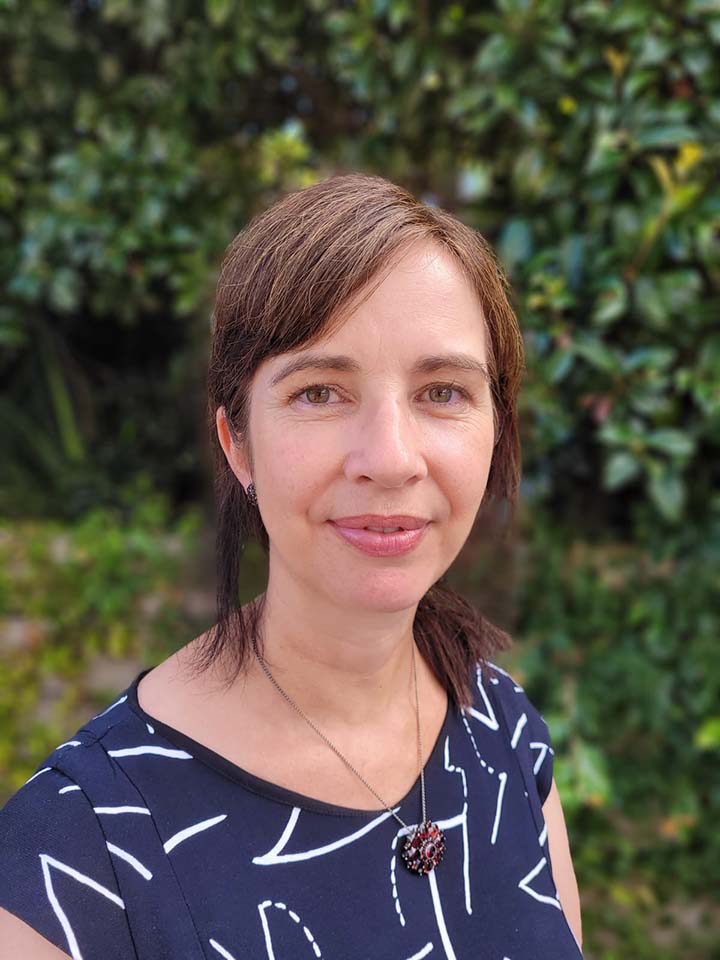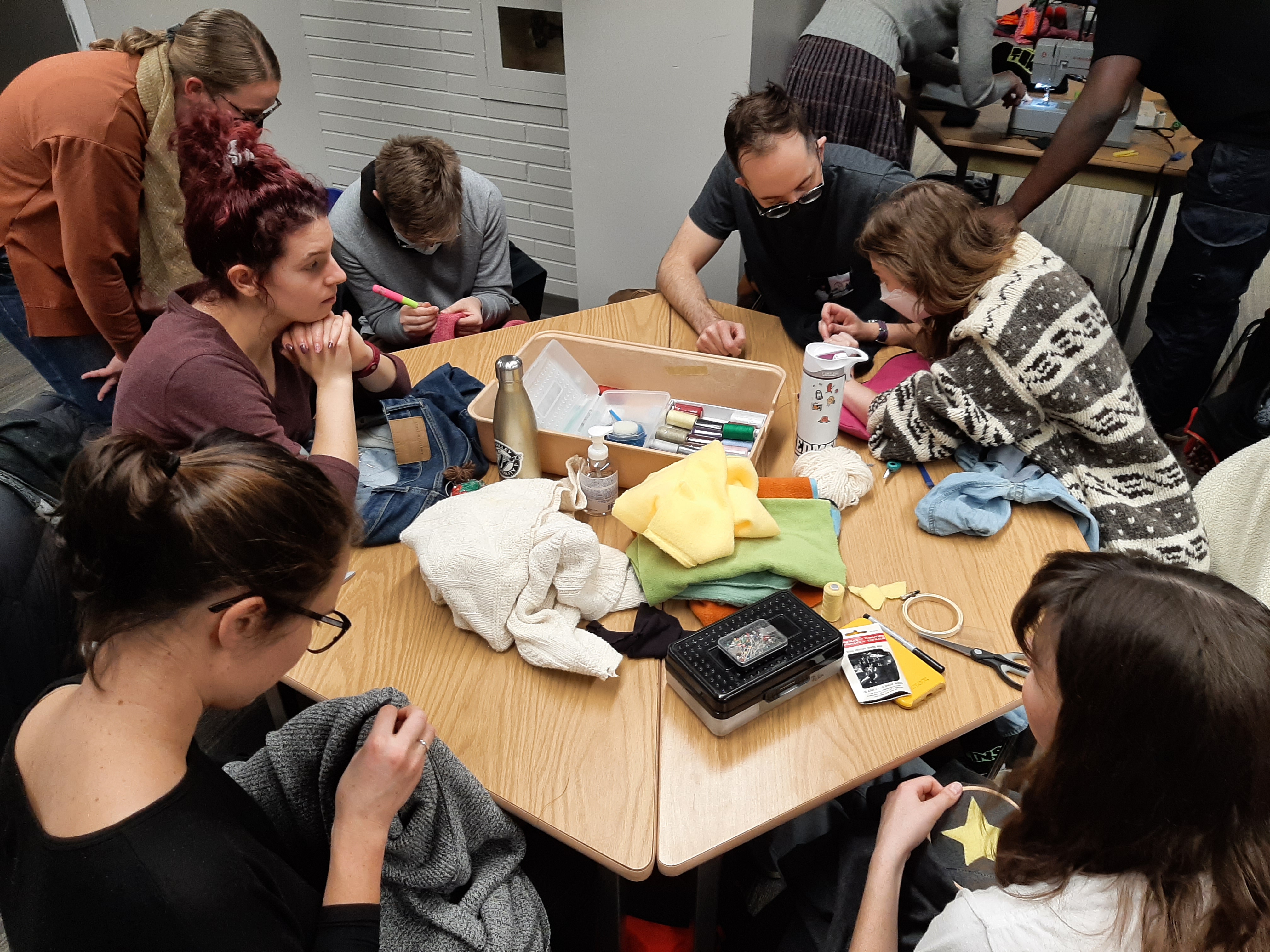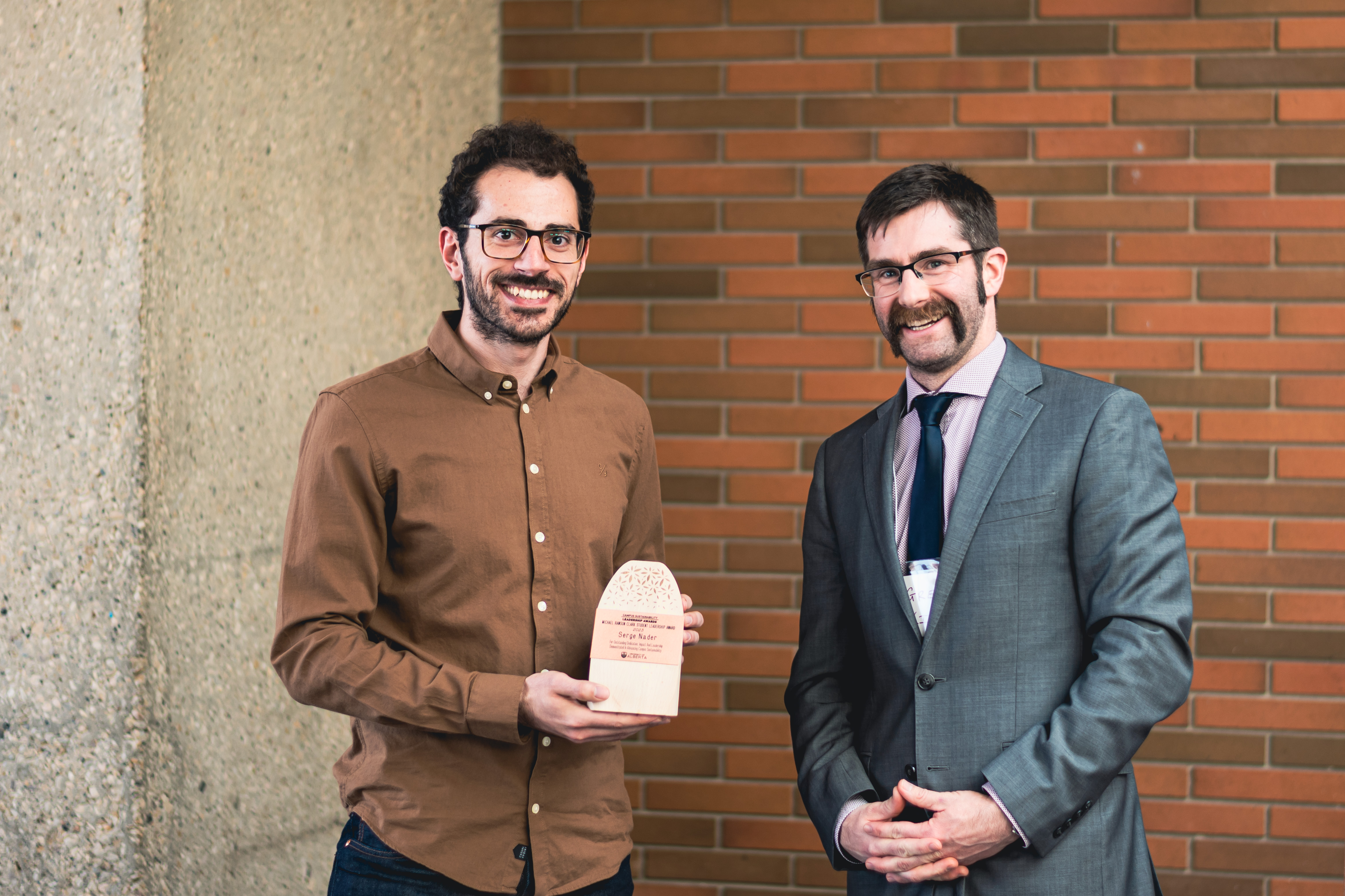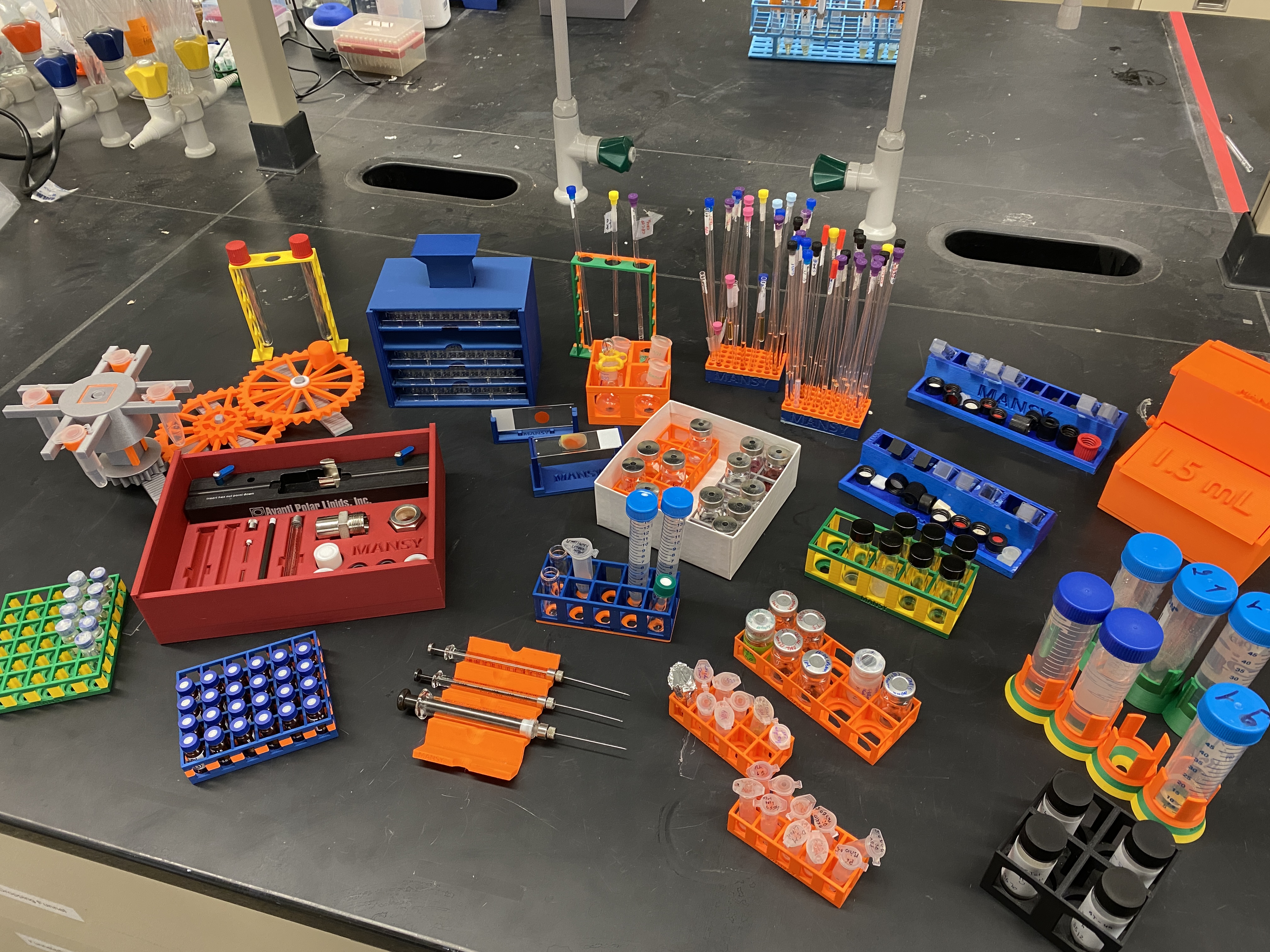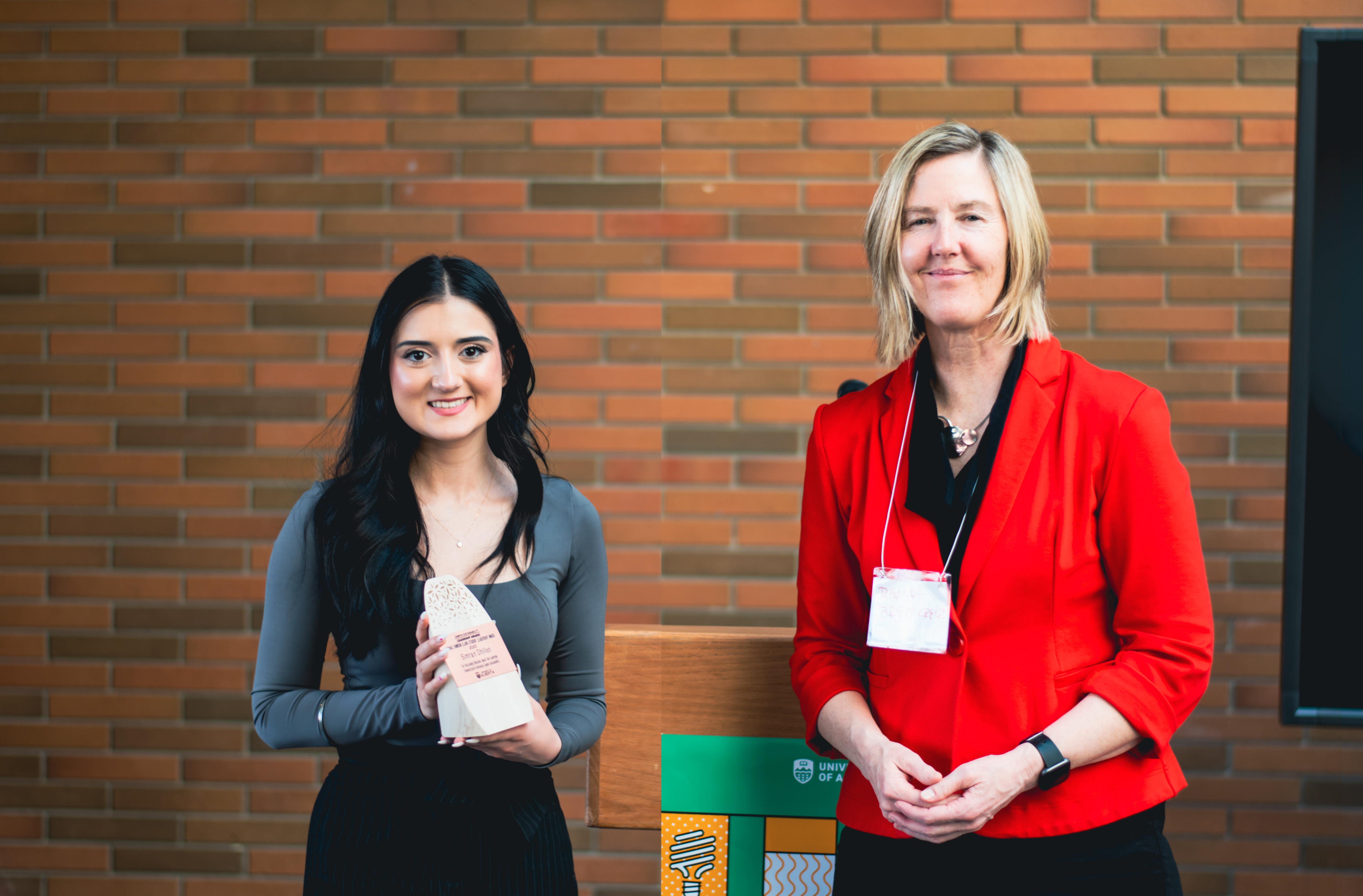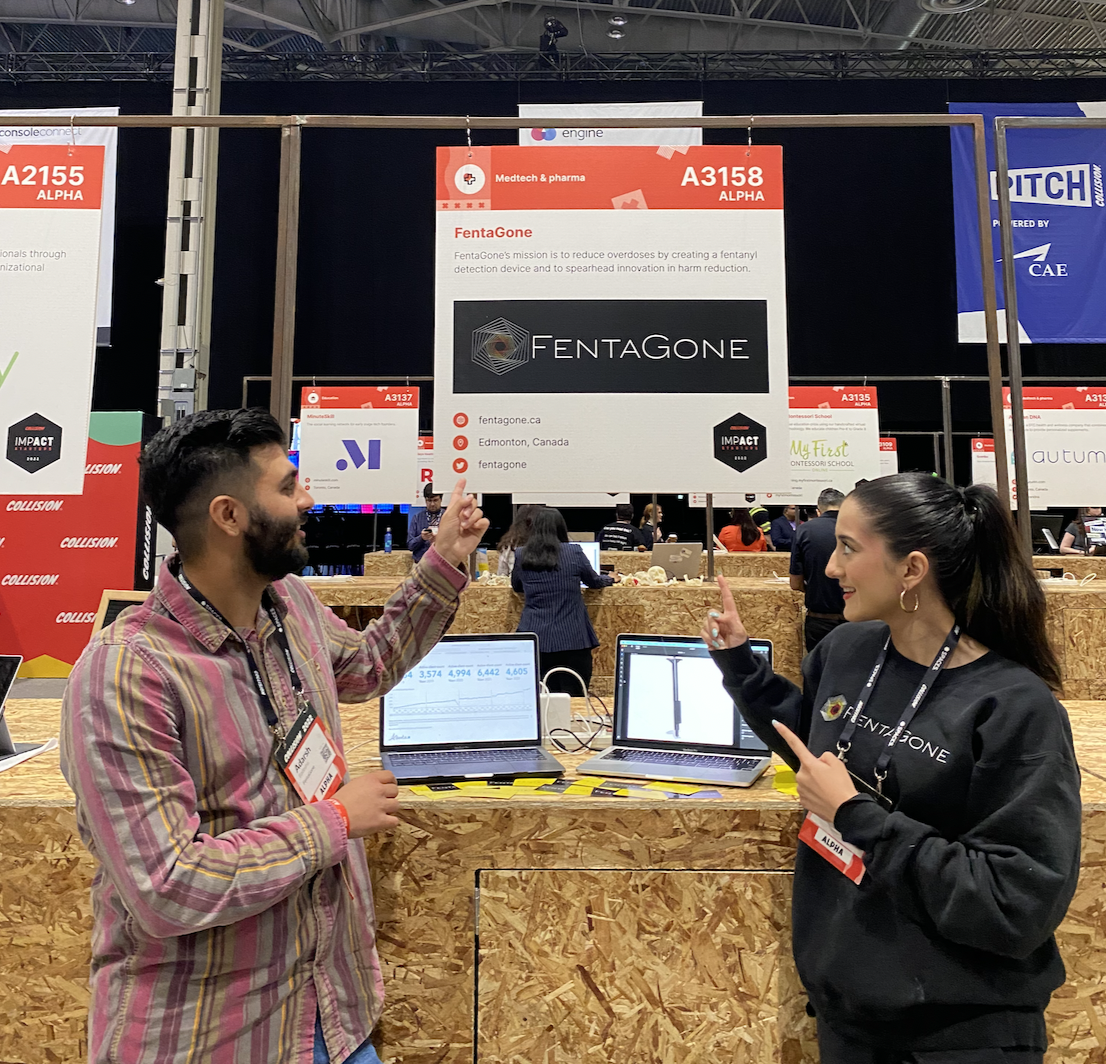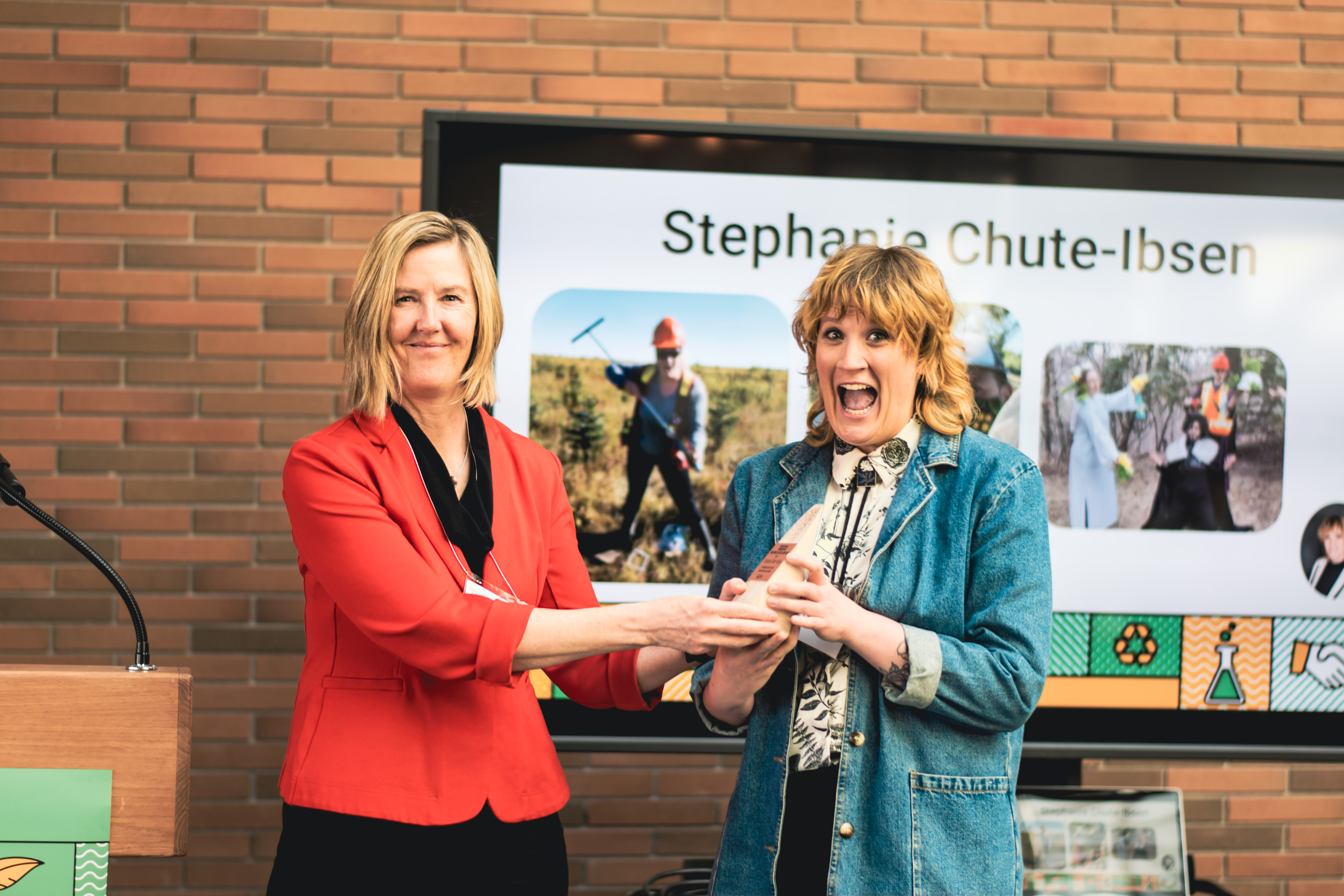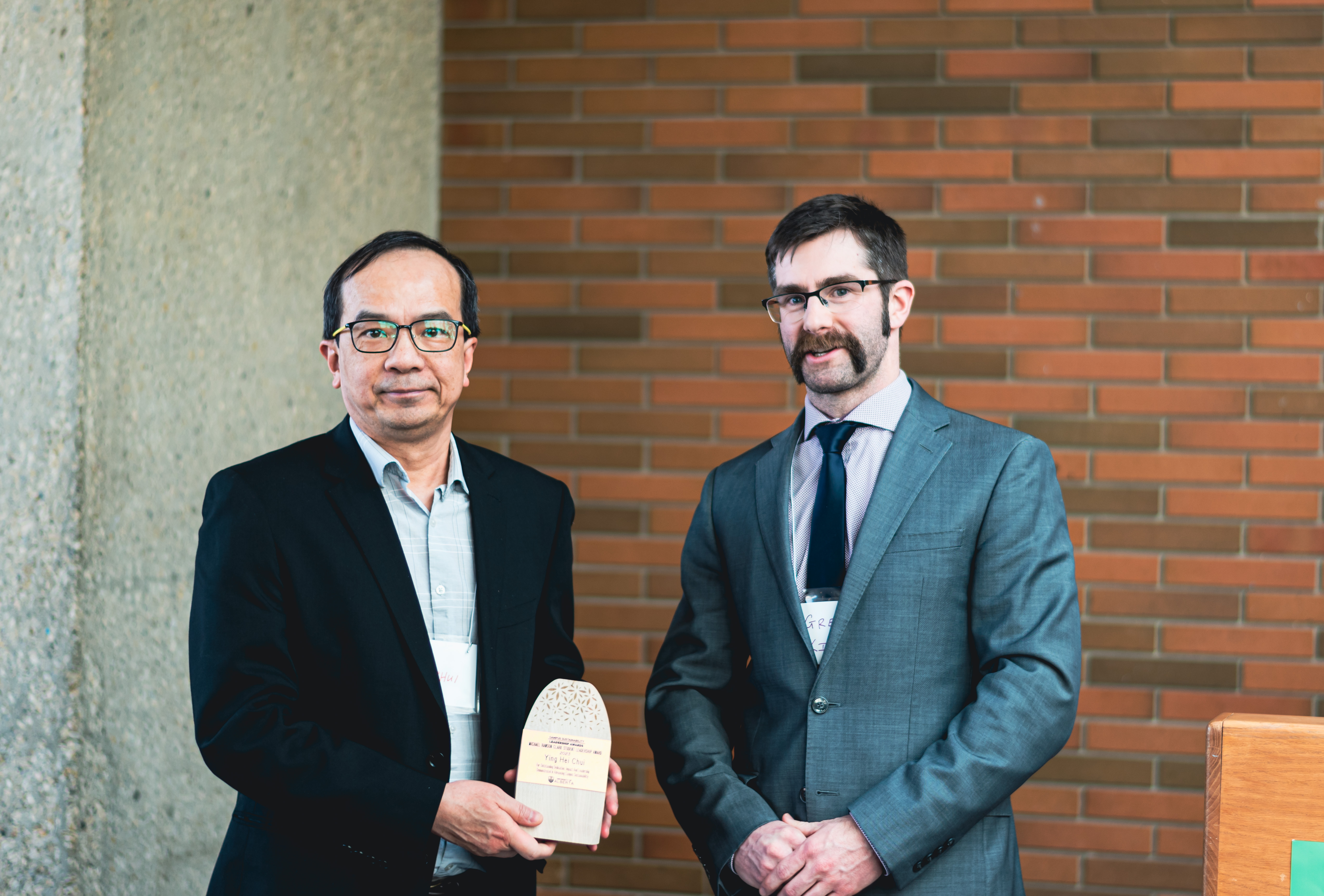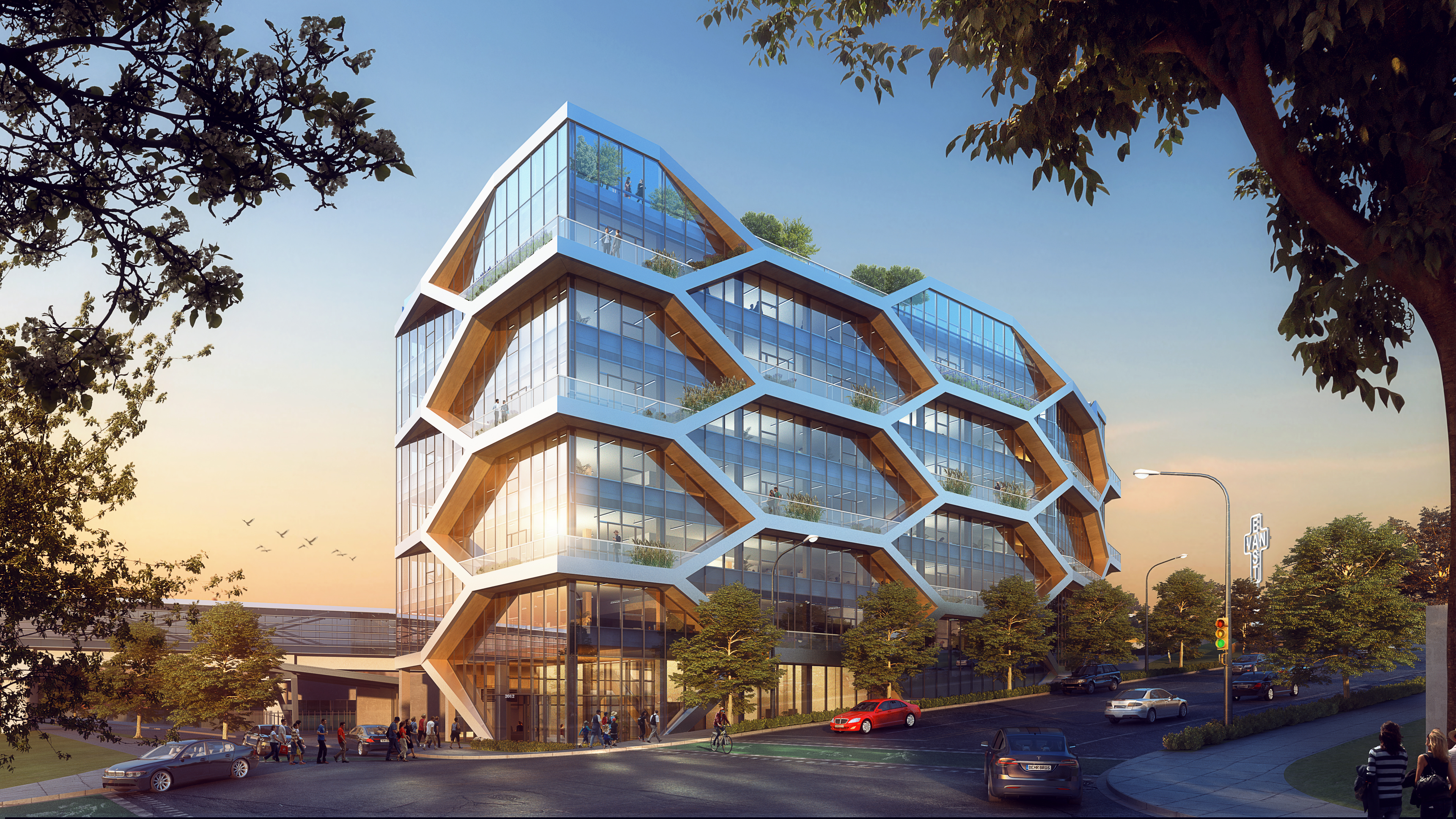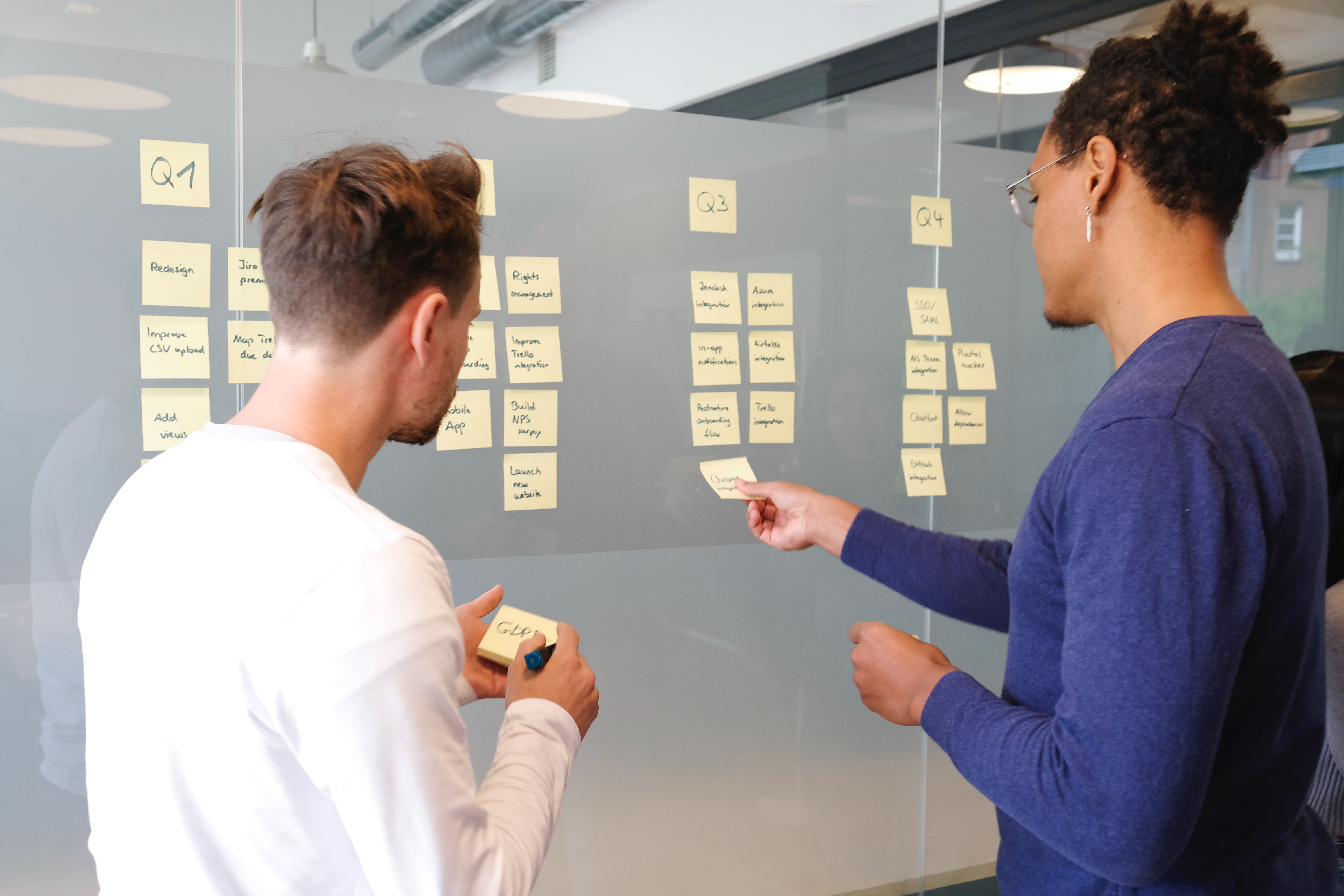Meet 2023’s Campus Sustainability Leaders Award winners
Congratulations to this year's Campus Sustainability Leaders Award (CSLA) winners:


Aimal Mir
Aimal Mir is a third-year biology major, a Certificate in Sustainability student, and a book lover.
She’s working on a project that doubles as a university student group and a community outreach program.
In its first phase, “Spread the Word” will bring together UAlberta bibliophiles who want to read together in a monthly book club. But Mir hopes to expand Spread the Word’s scope by creating micro libraries around Edmonton. These little libraries, similar in appearance and size to a kitchen cupboard, allow community members and passers-by to take or leave used books.
Mir thinks they would be especially valuable in underserved communities that lack libraries or other cultural amenities, and in lower-income neighbourhoods, where they could add charm and comfort to the cityscape.
They could also help books that are languishing in thrift stores and dusty basements find their way back into the hands of readers.
In addition to Spread the Word, Mir recently worked with a group of nine high school students as part of a country-wide effort to learn what gets young people excited about, and involved in, climate change action.
As a research coach for the Let’s Talk Science’s Climate Action Lab, Mir taught the students how to conduct ethnographic research so that they could interview other young people and collect their peers’ thoughts about effective climate change advocacy and education.
Mir and undergraduate students from across Canada who participated in the program analyzed the data and published their findings in a publicly-available Climate Action Lab Report.
“High school students don’t want to go door to door and tell people why pollution is bad; they want more proactive activities with professors and mentors in the industry and to receive direct advice on what they can do to help. They don’t want to listen to a lecture; they want to go into a forest and see how forest fires have impacted wildlife.” -Aimal Mir
Dr. Rachel McQueen
Research on smelly clothing doesn’t seem to have a sustainability connection–at first whiff, anyways.
But Dr. Rachel McQueen, a professor in the Department of Human Ecologywhose primary research area is odour and textiles, says the link is obvious: the sooner clothing stinks, the sooner it gets washed–or thrown out.
Dr. McQueen says her past work on textiles perfumed with human body odours bridged naturally into her current project which investigates where second-hand clothing winds up after it is donated.
She wants to reduce waste in an industry that not only contributes greatly to the mountains of garbage clogging Earth’s ecosystems, but also devours non-renewable resources and heightens carbon emissions.
It’s what motivated her to apply for a Campus Sustainability Grant, which she was awarded last year for her proposal to set up a clothing repair café.
The Human Ecology Clothing Repair Café, located in the Human Ecology Building, Room 305, opens its doors once a month to anyone who wants to get around to mending clothing.
Learners of all experience levels come together to sew, stitch and patch their damaged garments, while volunteers are on hand to guide café visitors through the process.
The idea is to not just repair clothing for attendees, but to educate them so that they are equipped to deal with future tears, missing buttons and more.
Repairing keeps clothes out of landfills, and it also, in McQueen’s observation, tends to strengthen emotional attachments between individuals and their possessions:
“Continuing to wear your own clothing for as long as you can is the most sustainable way to treat clothing. Second hand channels are awesome, and a more sustainable way to shop when you want something ‘new for you’. But people don’t want to buy a clothing item with a hole they didn’t make, whereas the process of mending can create an emotional value in an item of clothing that wasn’t necessarily there to start with.” — Dr. Rachel McQueen
Dr. Serge Nader
When postdoctoral fellow Dr. Serge Nader was tasked with finding supplies for his research group in the chemistry department, he didn’t expect to start a cottage industry producing lab accessories.
But the 3D printer he originally purchased for his research was stocked with polymer “ink”, and he was eager to solve some of the Mansy Group lab’s inventory problems.
His curiosity, coupled with his desire for a cheaper, on-demand alternative for accessories that are shipped from overseas, set him to work designing and 3D-printing a multitude of odds and ends for the lab.
He’s made tube and syringe holders of all sizes; a special storage box for small, easily lost equipment; vial dispensers; wall mounts; and a prototype hand crank centrifuge, among others.
These bright orange items are sprinkled throughout the lab — on every work bench, every shelf, in drawers, and even on walls. Some of them have been crucial for installing larger, more complex pieces of equipment.
The decision to make lab accessories in-house has positive environmental impacts. Instead of ordering multiple items from different locations around the world — and increasing carbon emissions — the lab orders one printing material. The polymer used to make the lab accessories comes from plant-based starches and is industrially compostable, reducing plastic waste.
Plus, it comes with big savings: some lab items that cost $200 to order from large international companies cost 50 cents to 3D print.
Nader has also made his designs open source, meaning other labs around the world are free to download and reuse his work.
“These technologies not only make laboratory accessories more affordable, more available on demand and make the labs be more independent in their logistics, they also, from a sustainability standpoint, are really impactful with reducing the need for storage and worldwide shipping — you can get away from all of this by doing your own thing — just being more independent.” — Dr. Serge Nader
Simran Dhillon
Simran Dhillon’s idea could save thousands of lives and transform drug overdose prevention.
She and her team at the medical technology company FentaGone have created a syringe equipped with sensors that detect when a drug has been contaminated with fentanyl. If the syringe comes into contact with the drug, it turns red. The more fentanyl the syringe receives, the darker red it becomes, alerting users when their lives are literally in their hands.
The technology reveals Dhillon’s insight into the psychology of drug use and addiction. By catching intravenous drug users at their most vulnerable, the invention gives them the life-saving opportunity to modify their dose or toss the needle.
Dhillon, a fifth-year psychology major, says that for her, the opioid crisis is personal. She lost a family member to a fentanyl overdose, and since then, she has been determined to find a way to protect users from risky street drugs.
Her idea captivated judges in numerous research and innovation competitions at the University of Alberta, in Edmonton and around the world, and she secured $250,000 in funding for the project. From there, she partnered with research teams in biochemistry and opioid research at the University of Alberta to make FentaGone syringes available to the people and vulnerable communities that need the invention most.
Now the technology is deep in the research and development phase. Dhillon says the team has a working syringe, but the product still needs regulatory approval before it can make its way to drug users.
Dhillon is also an elected University of Alberta Students Union representative of the Faculty of Science, where she served on the Health and Dental Plan Committee. Last year the committee negotiated an insurance plan for over 30,000 students in an effort to support student wellness on and off campus.
“Seeing this product in the hands of users will be the most affirming part of the journey. I hope FentaGone can meet drug users where they are, using a harm reduction approach to keep the people who take street drugs safe and alive.” — Simran Dhillon
Stephanie Chute-Ibsen
Stephanie Chute-Ibsen says they are passionate about three things: understanding the planet better, doing everything they can to heal it, and sharing the knowledge they have gained as a PhD student in Land Reclamation and Remediation.
Their research investigates the potential for soil invertebrates (i.e. bugs) to serve as indicators of land reclamation success, and their enthusiasm for the work, and soil science broadly, has made them an ambassador for their field.
Through multiple appearances on CBC’s Radio Active program and public speaking engagements with Edmonton Public Library, Telus World of Science and the Alberta Emerald Foundation, Chute-Ibsen has shared their knowledge in a way that is entertaining and accessible.
A fan of dress-up, make believe and drag, their outgoing personality is also a hit with kids, and they are on a mission to make sure the next generation grows up with a deep appreciation of the natural environment.
That’s why they and their fellow Land Reclamation International Graduate School (LRIGS) students created a Dungeons and Dragons-style role playing game called Become an Earth Doctor, which encourages kids to learn about land reclamation through play. They also developed soil science learning modules for U School, a University of Alberta program for socially vulnerable students in Grades 3 to 9. The modules feature Chute-Ibsen in a starring role, dressed as the moustached director of NASA, who sends students on a mission to Mars to see they can grow food on its desert surface.
They are a volunteer and mentor with the Women in Scholarship, Engineering, Science, and Technology (WISEST) Summer Research Program, which gives Grade 11, young women and gender-diverse students the opportunity to participate in STEM research. For Chute-Ibsen, who identifies as queer and non-binary, representation and visibility are critical. They have been at the forefront of advocating for LGBT+ inclusion in their department, and they created a safe spaces in academia presentation for LRIGS members about allyship for queer and gender nonconforming people that they hope to share with other research units and departments.
It’s all part of ensuring that underrepresented young people feel welcomed in the sciences, Chute-Ibsen says.
“Studying the earth makes you feel more connected to it. I want to share that connection with others by showing them how complex soil is, and how important the planet is.” — Stephanie Chute-Ibsen
Dr. Ying Chui
Dr. Ying Chui’s timber engineering research is raising multi-story wood buildings to new heights.
A professor in the Department of Civil and Environmental Engineering, NSERC Industrial Research Chair and Director of the Nasseri School of Building Sciences and Engineering, Dr. Chui has over 30 years of experience researching timber and its potential as a building material.
He is also Principal Investigator of the recently-announced Next Generation Wood Construction Project, an NSERC-funded collaboration between 13 universities and 12 government and industry partners.
With this project, the University of Alberta will be at the centre of the movement to make timber a viable building material for high-rise buildings.
The construction industry is the third largest source of Canada’s carbon emissions. Concrete and steel are heavy contributors to carbon pollution, and replacing these materials with wood can cut emissions while making greater use of a renewable resource.
The Next Generation Wood Construction Project will improve the structural integrity, fire resistance and building envelope performance of tall wood buildings.
Dr. Chui’s work focuses on how to make wood structures taller. As buildings soar upwards, the weight placed on columns and beams on lower floors increases. Traditional high-rise materials such as concrete and steel can handle the extra weight, but wood, which is generally a weaker material, struggles to support the high loads. Dr. Chui is designing systems that help wood structures handle heavier weights.
By bringing researchers from separate areas together, Dr. Chui believes the project can more easily address the many challenges of using wood in this exciting new way, and he hopes the collaboration will result in future city skylines populated with beautiful wood high rises.
“I’m glad to see wood breaking through a boundary, going from residential buildings, to low-rise and now to larger, more impressive buildings. This project will hopefully make wood structures more competitive from an economic perspective.” — Dr. Ying Chui
